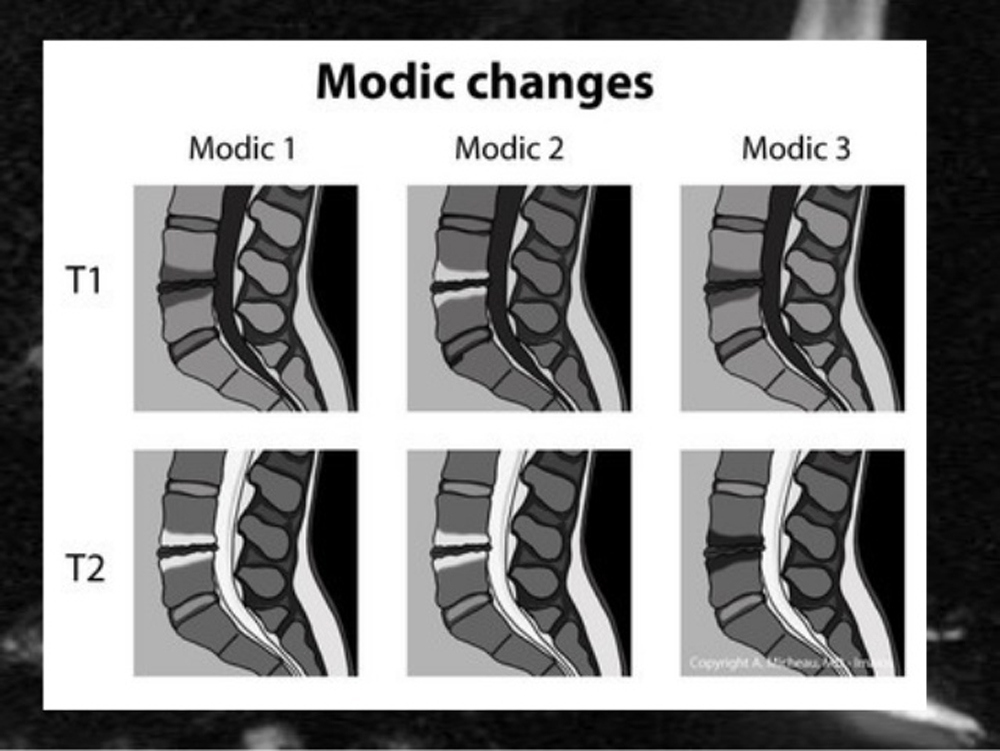Magnetic Resonance Spectroscopy Displays the Structural and Biochemical Effects of Spinal Manipulative Therapy in Lumbar Discogenic Pain: A Case Report
Magnetic Resonance Spectroscopy Displays the Structural and Biochemical Effects of Spinal Manipulative Therapy in Lumbar Discogenic Pain: A Case Report
SOURCE: Research Square (Apr 4, 2023)
Jessica F Billham, Erika Evans Roland, Matthew F. Gornet, Kelly Brinkman, Francine Schranck, Jim Cox, Norman W. Kettner
Logan University
Chesterfield, MO, US

The Vertebral Disc
FROM: Bioengineering 2022
INTRODUCTION: We report utility of magnetic resonance spectroscopy (MRS) in identifying the intervertebral disc (IVD) as a pain generator, describe the contemporary pathophysiology underlying biochemical and structural components of discogenic low back pain (DLBP), and exhibit therapeutic responses to spinal manipulation.
CLINICAL FEATURES: A 29-year old man presented with uncomplicated low back pain (LBP). The nonspecific presentation and clinical exam findings were consistent with non-specific LBP with the IVD as likely pain generator.
INTERVENTION AND OUTCOMES: Conventional magnetic resonance imaging showed findings of IVD degeneration including Modic Type 1 changes consistent with a diagnosis of DLBP. MRS was utilized for structural and biochemical analysis of the IVDs. Altered spectral features confirmed a DLBP diagnosis. The patient underwent 12 Cox Flexion Distraction treatments at a chiropractic teaching clinic. Follow-up MRS revealed improved IVD spectral features including decreased biochemical pain markers and increased glycoprotein biosynthesis suggesting improved IVD structural integrity.
CONCLUSION: We report the first utilization of MRS to quantify structural integrity and biochemical pain profile of the IVD in a conservatively managed DLBP patient. Findings of this case suggest spinal manipulative therapy in DLBP management may improve the structural integrity of IVDs and alter pain biochemistry.
There is more like this @ our:
LOW BACK PAIN Section and the:


